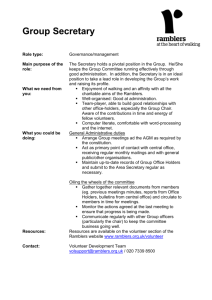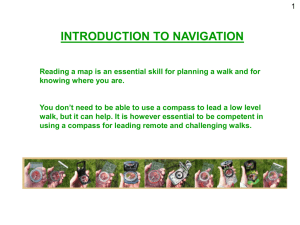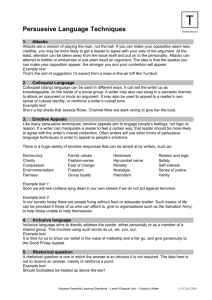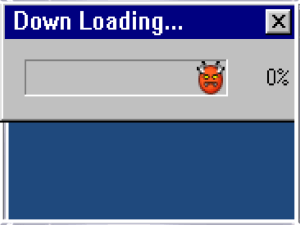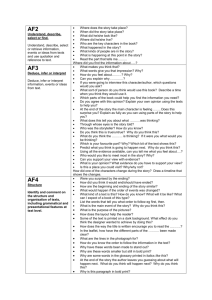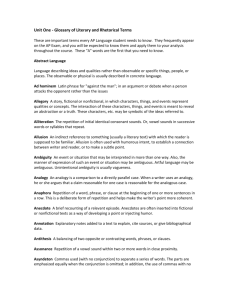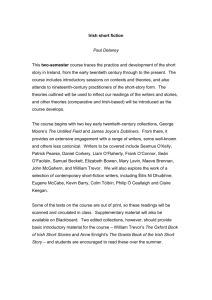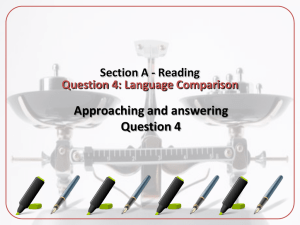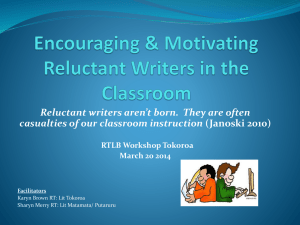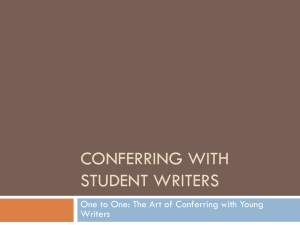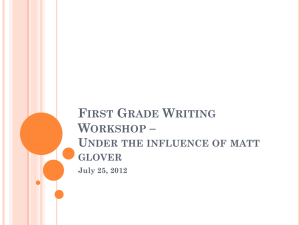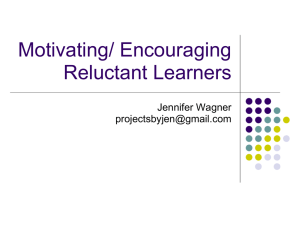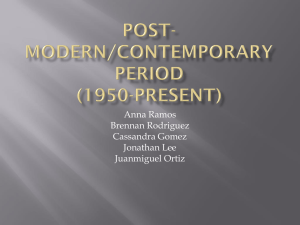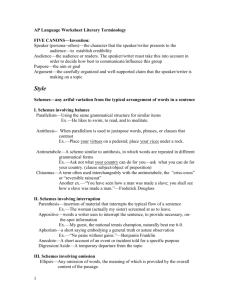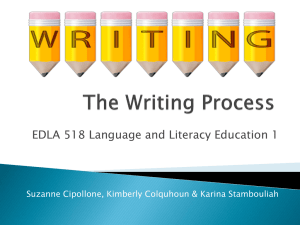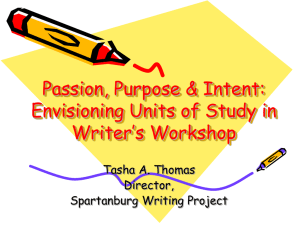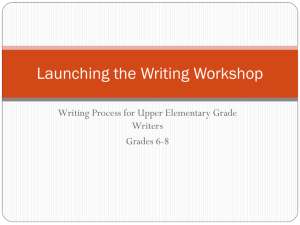Accelerating progress in writing Beliefs underpinning effective
advertisement
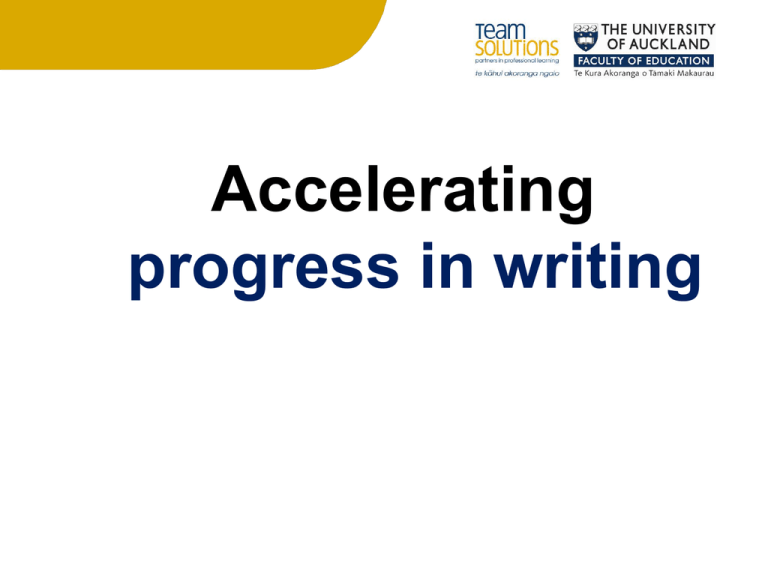
Accelerating progress in writing Beliefs underpinning effective teaching of writing • • • • • • Students will use their writing to think about, record and communicate experiences ideas and information to meet specific learning purposes across the curriculum. Writing is one of the ways that we explore our understanding of the world and discover the meaning of our experiences. Writing contributes in its own special way to the growth and realization of self, and enables us to discover, make clear and interpret events and ideas. We therefore write for a purpose. (Dancing with the Pen, 1992) Every student’s identity, language and culture is respected and valued. Reading and writing are closely related and both are based on oral language. Oral and written language is imbedded in the competencies that are key to learning in every curriculum area. Students are learning to write to communicate a range of ideas choosing relevant language, content and detail. “Every child has something to say – it is our job to believe it and have our students believe it too” Gail Loane, 2010 What do we mean by acceleration? • Faster learning progress than normal than student’s expected progress; • Learning at a faster rate than their classmates; • Rapid rate bringing achievement closer to standards. • In order for this to happen something has to change! Focusing on: • Ramblers who overuse repetition, often with no link to audience and purpose or; • Students who often have the ideas and knowledge but inaccurate encoding or; • The reluctant writer. Am I designing lessons, tasks, and activities that align what my students know now and what they need to learn? Do my students understand what they need to work on, and what they have to do to improve? Knowledge of literacy learning Engaging learners with texts • Improve your knowledge of language and text forms • Collecting models of text • Developing expertise in deconstructing texts • Understanding the process of writing • Making links between reading and writing Teacher Support Materials Three aspects of planning: • Curriculum • Context • Students What does this mean in practice? Lessons that are relevant, practical, illustrative & purposeful – across all elements of writing • Lessons about topics: ways to help writers develop ideas for pieces of writing that will matter • Lessons about principles of writing: ways to think and craft deliberately to create meaningful, literary writing • Lessons about genres: how to observe and name the qualities and features of specific text forms & purposes • Lessons about conventions: how marks and forms give writing voice and power and make reading predictable and easy Our students who find writing difficult do not want to be faced with a task that seems long and hard; they need to see how they can use writing to record and communicate their their ideas quickly and often - many times a day. Short bursts of practice will develop skills as they progress along the continuum, towards being independent and strategic writers. Support material • Ramblers who overuse repetition, often with no link to audience and purpose or; • Students who often have the ideas and knowledge but inaccurate encoding or; • The reluctant writer. Use this to inform your specific planning for target students – aligned with teacher inquiry/ target review and “What the student can do” chart.
